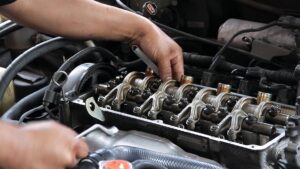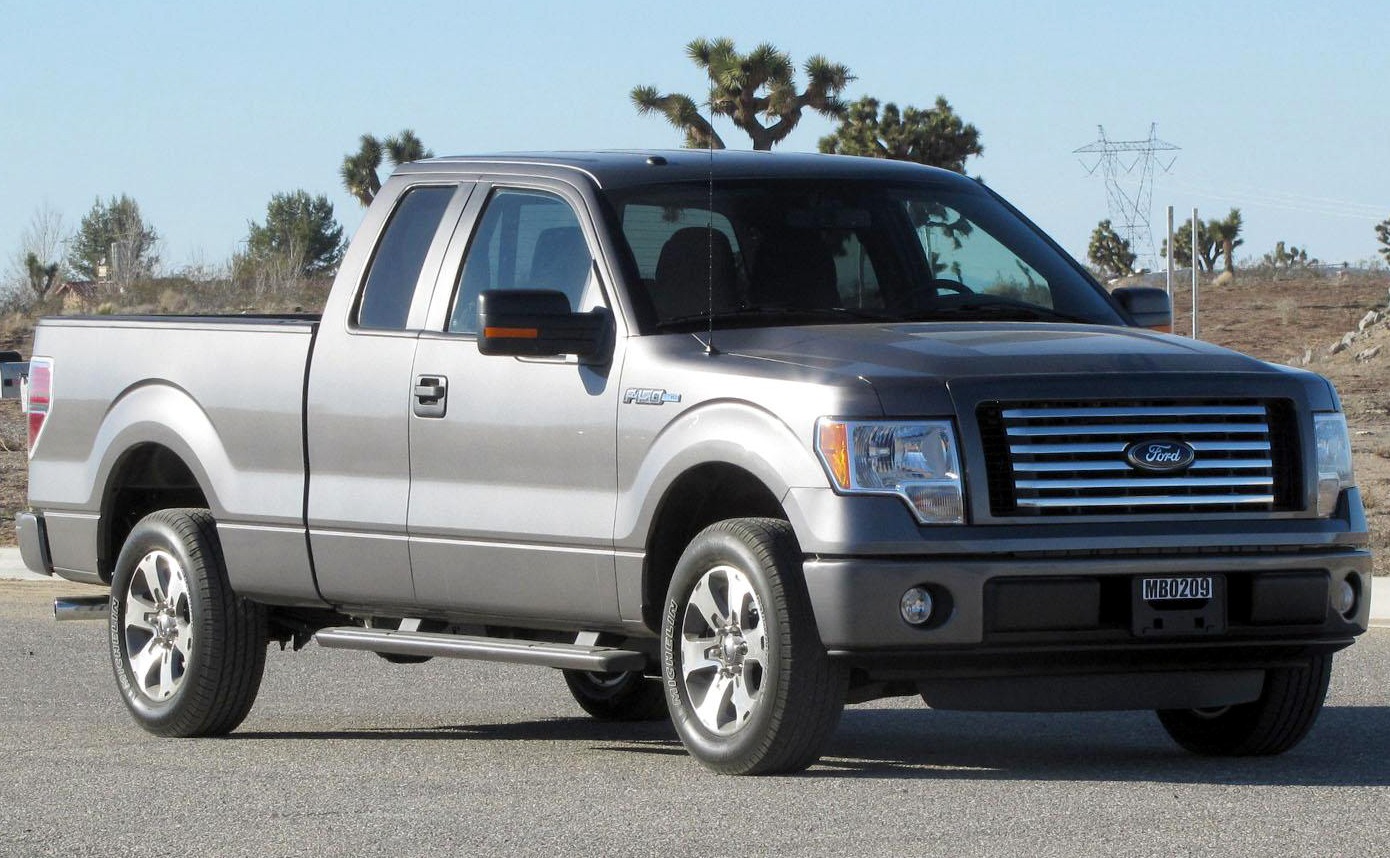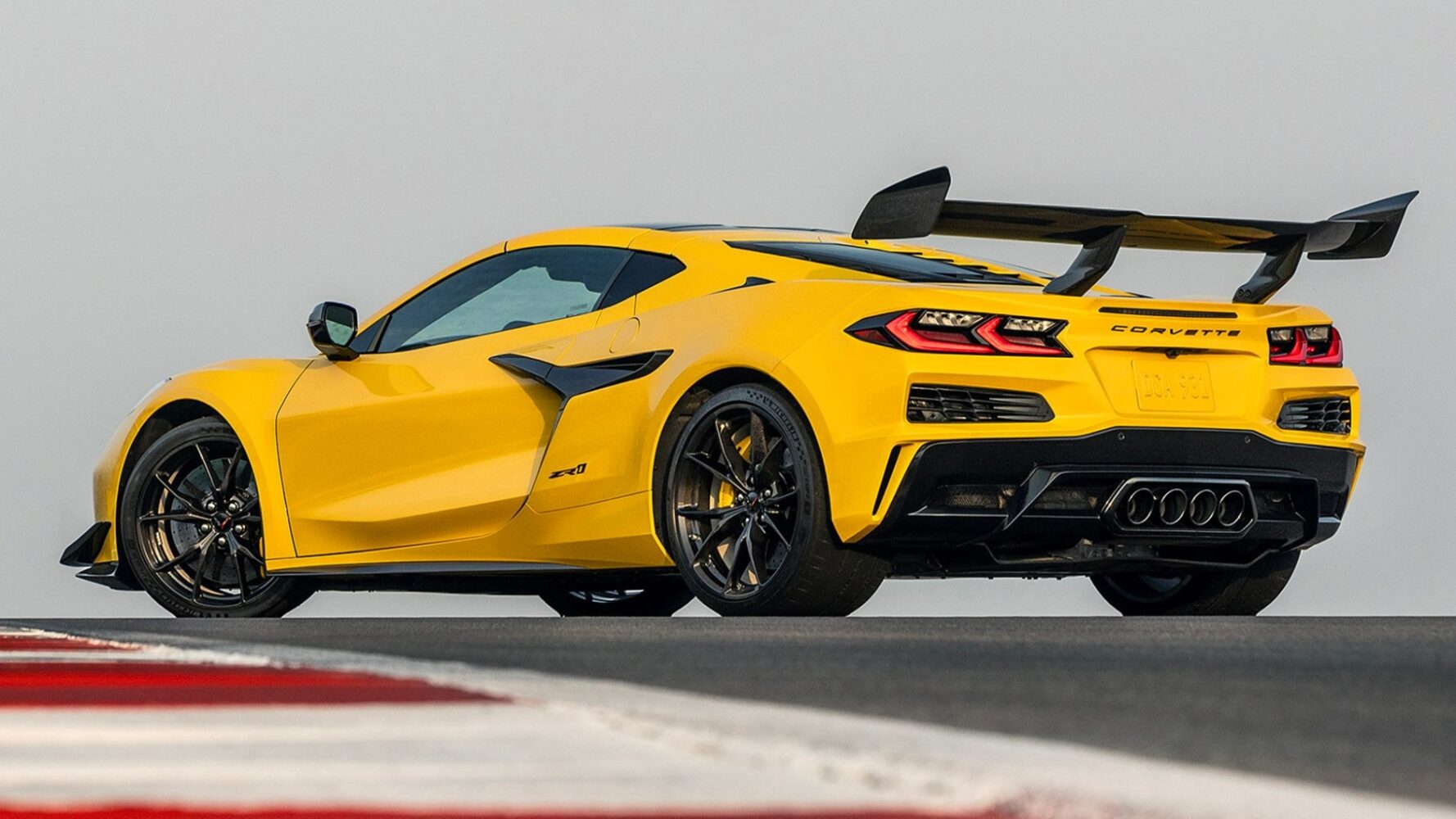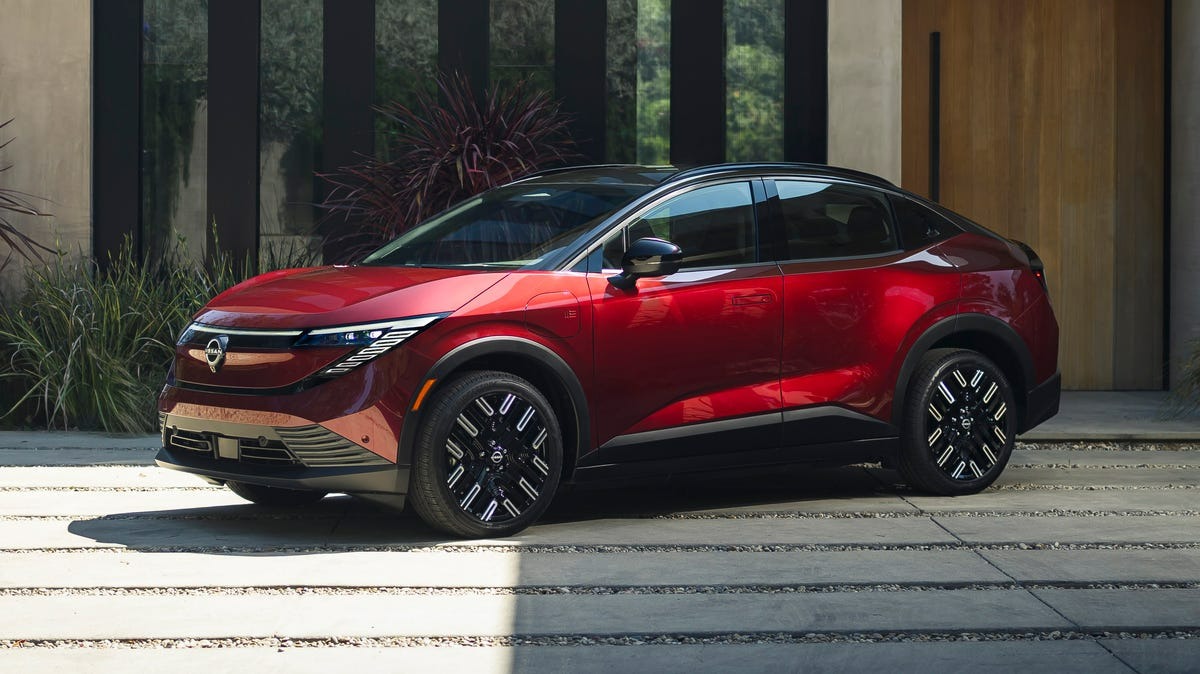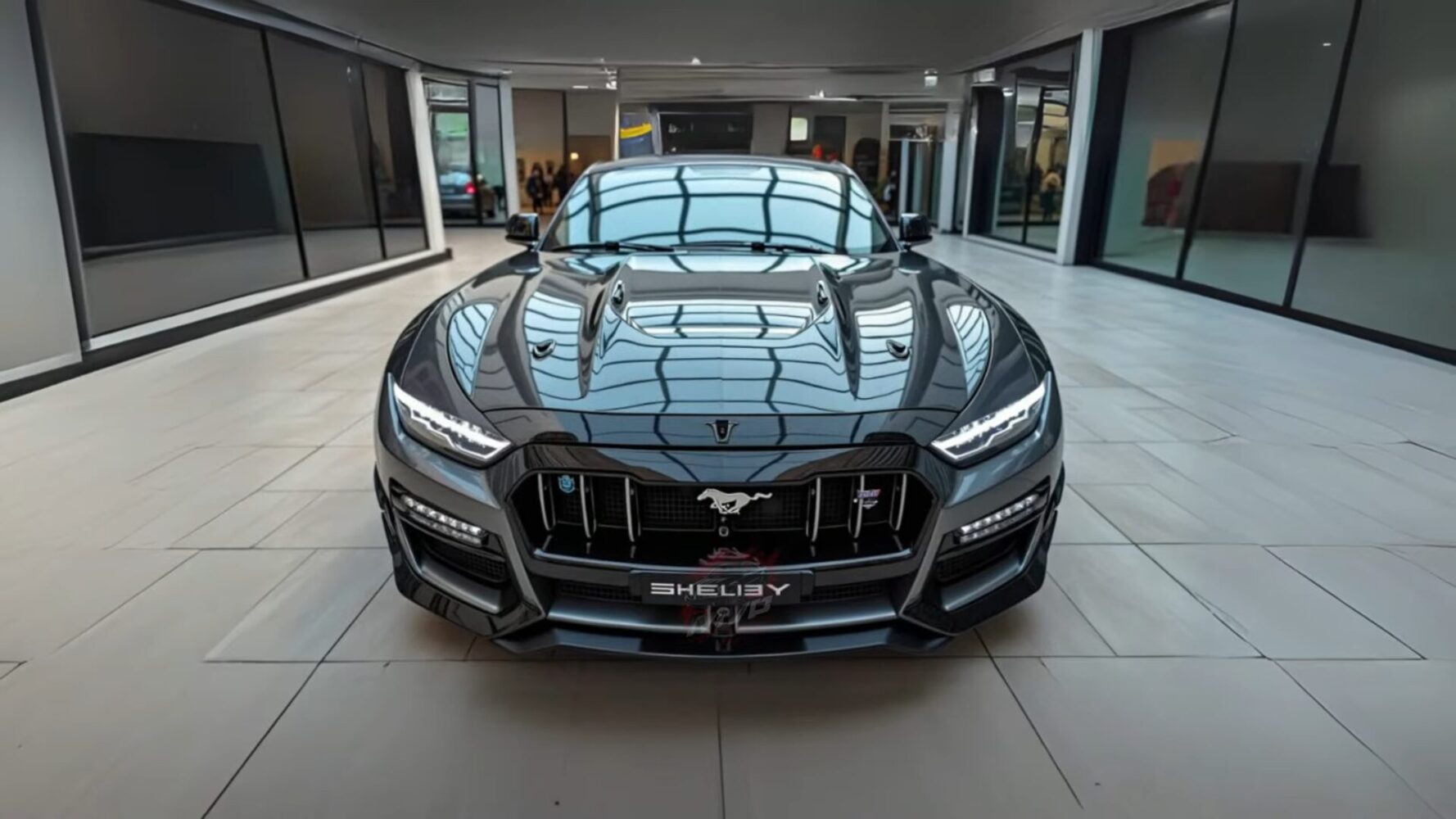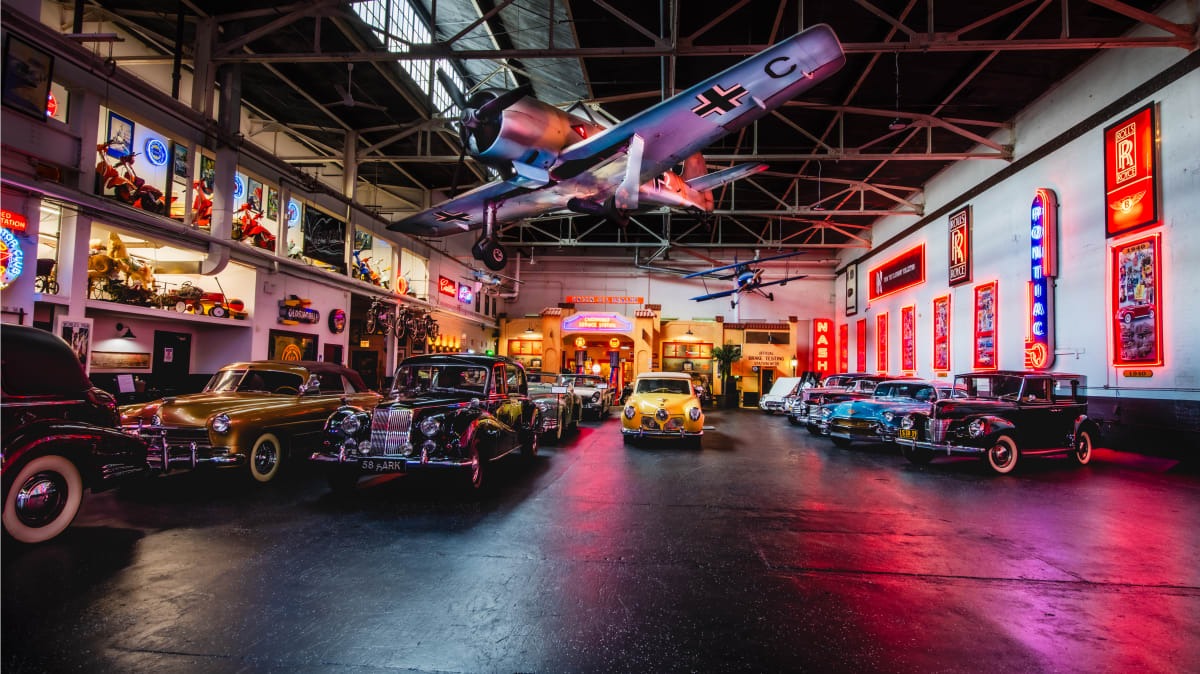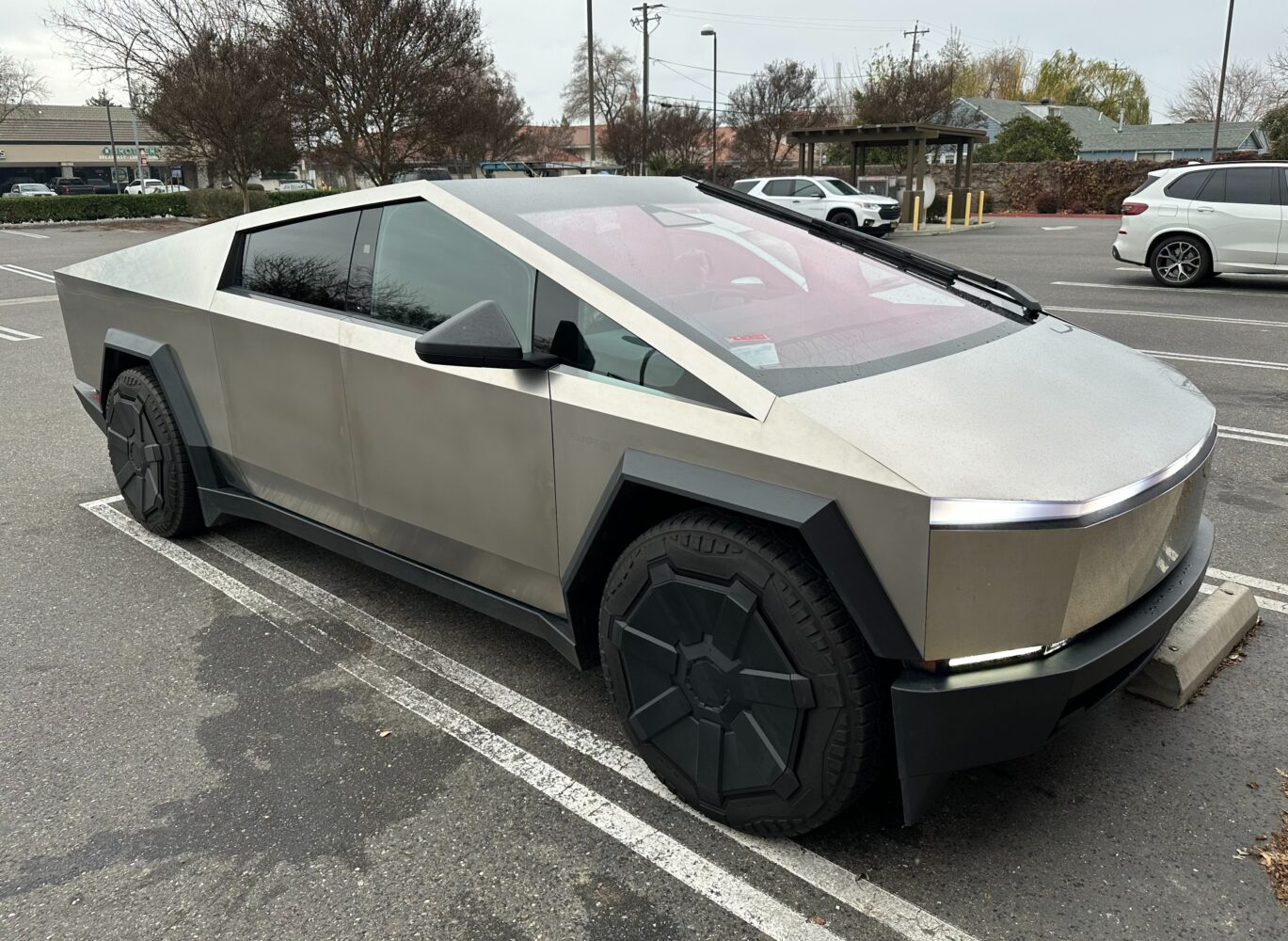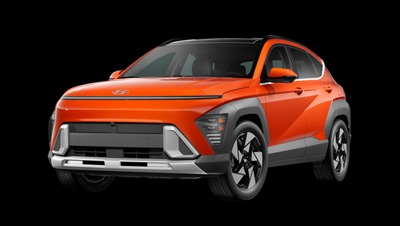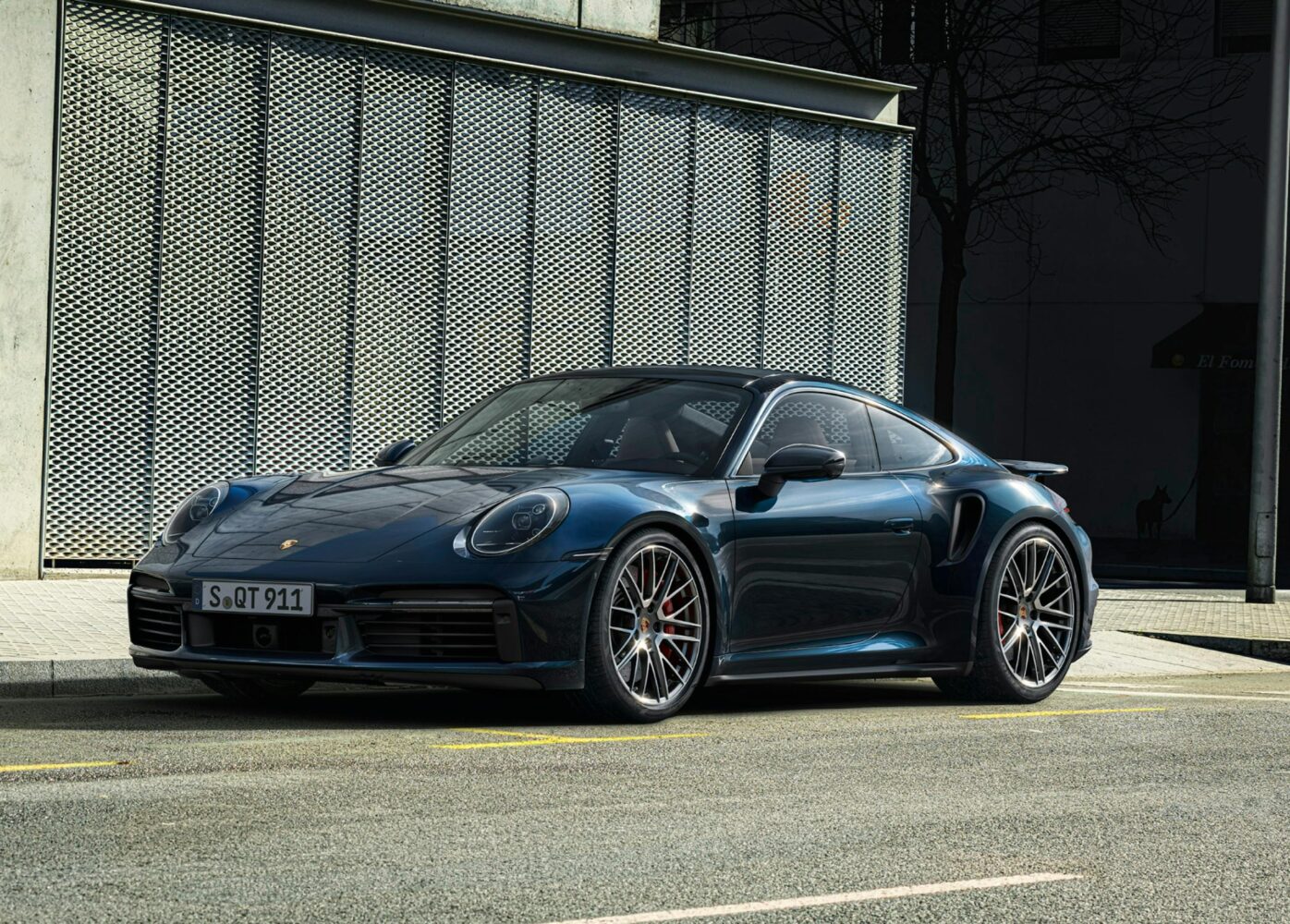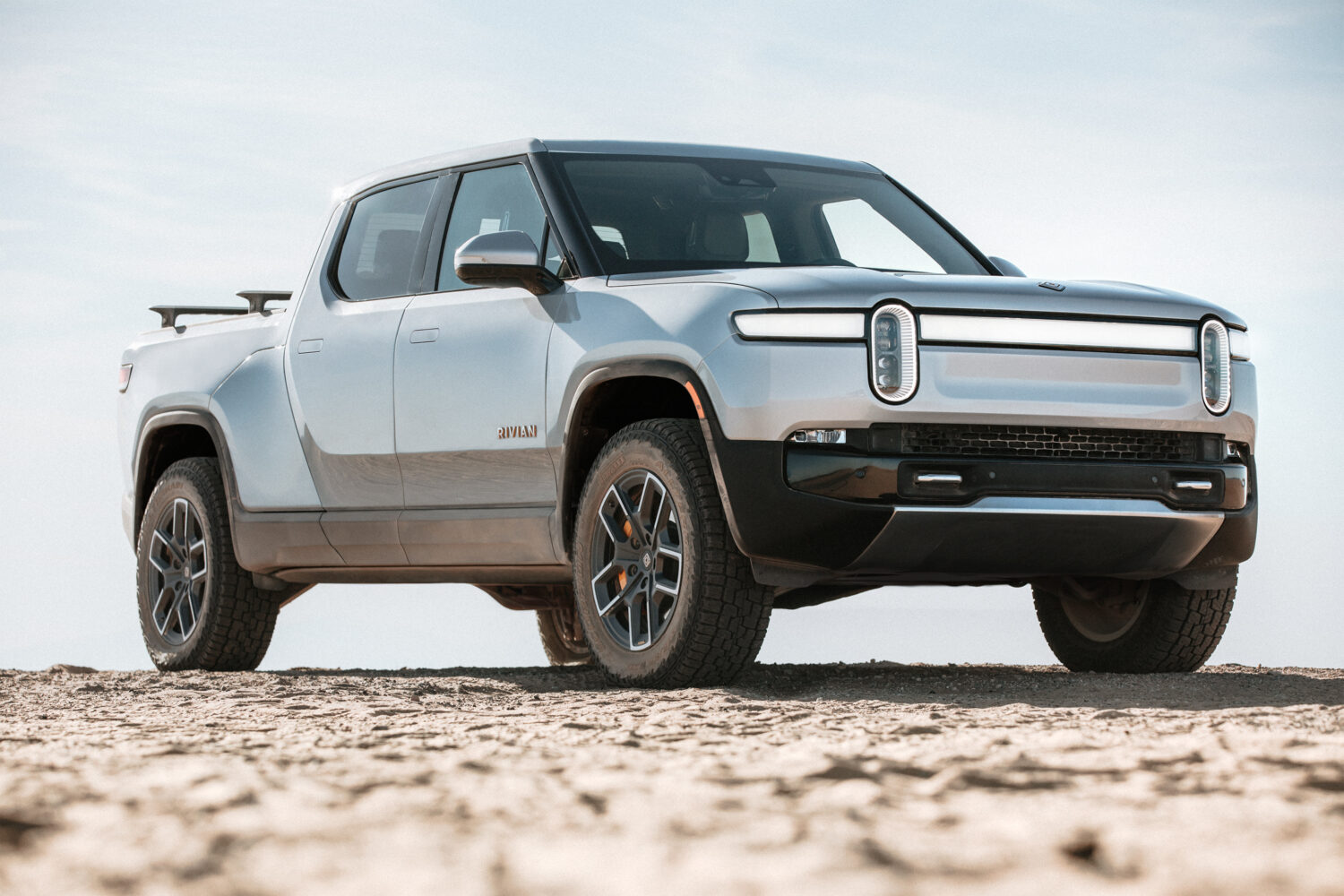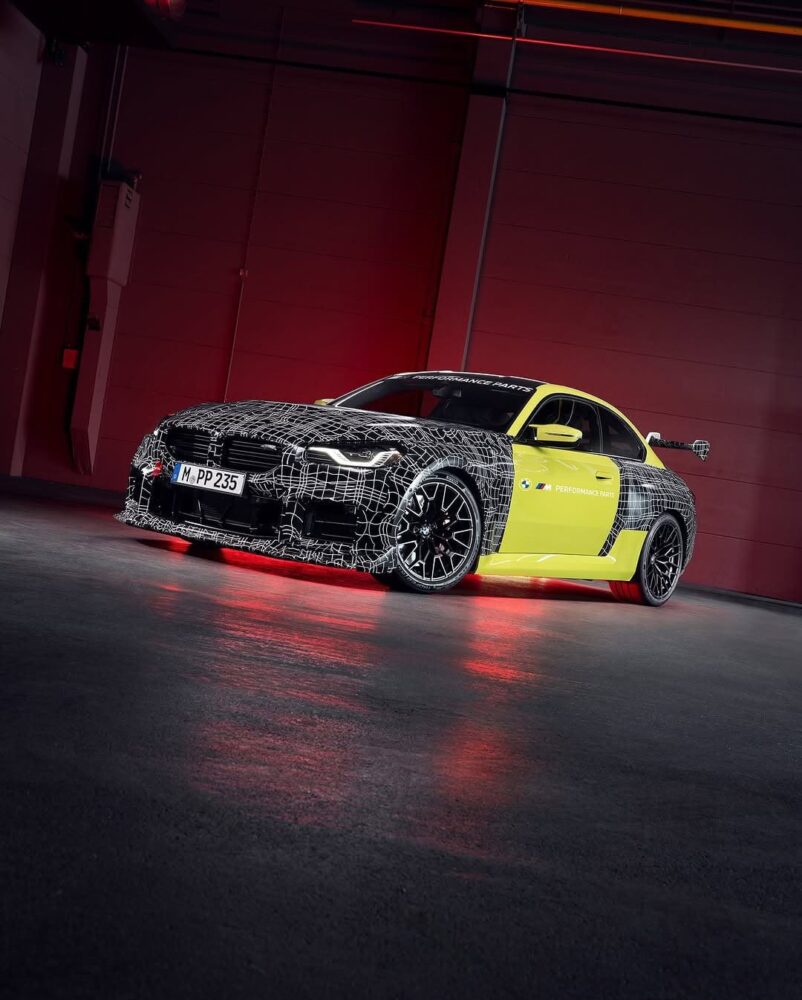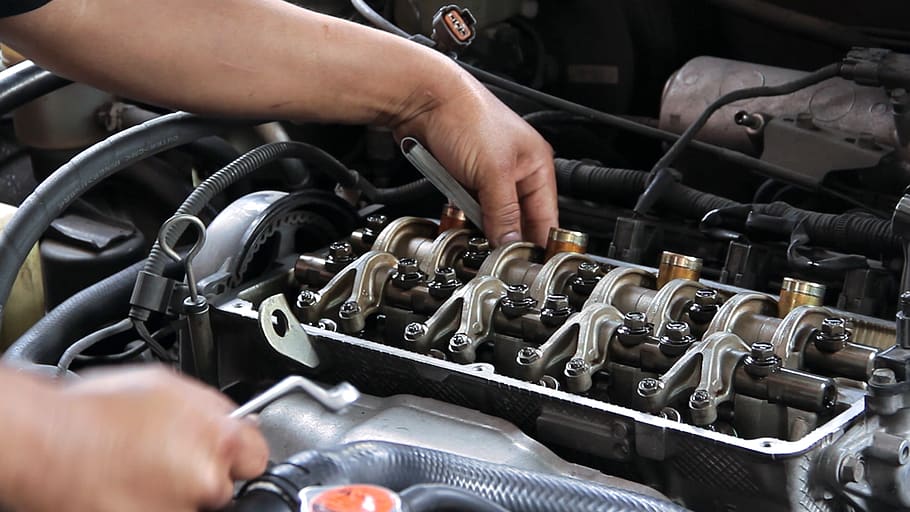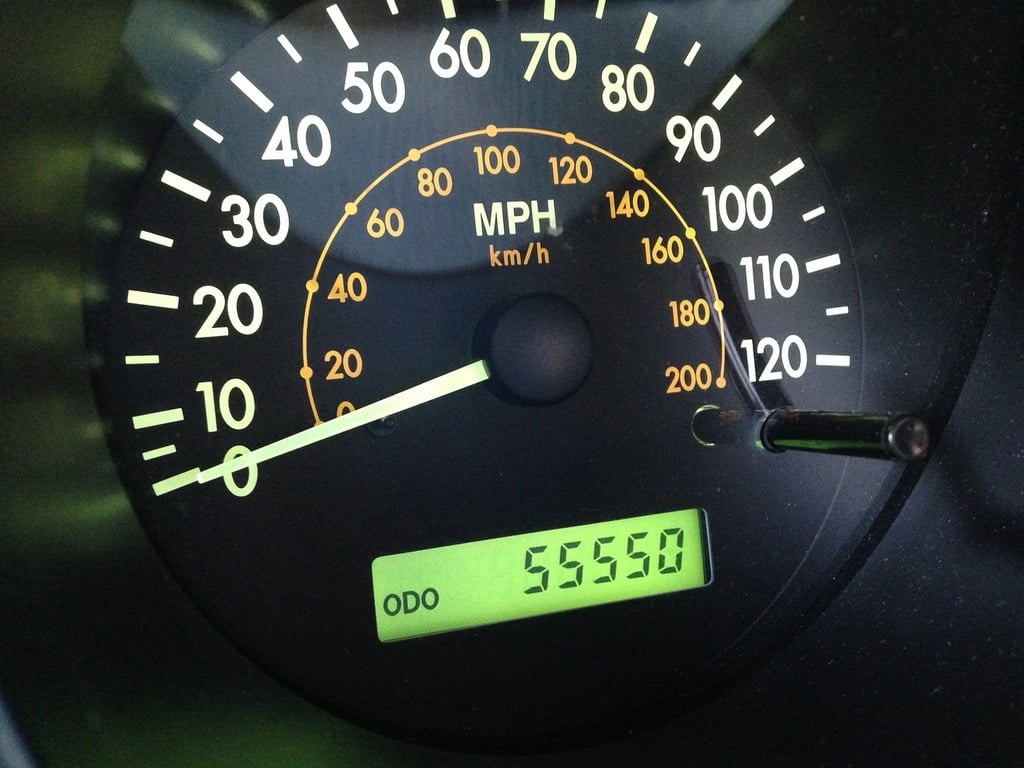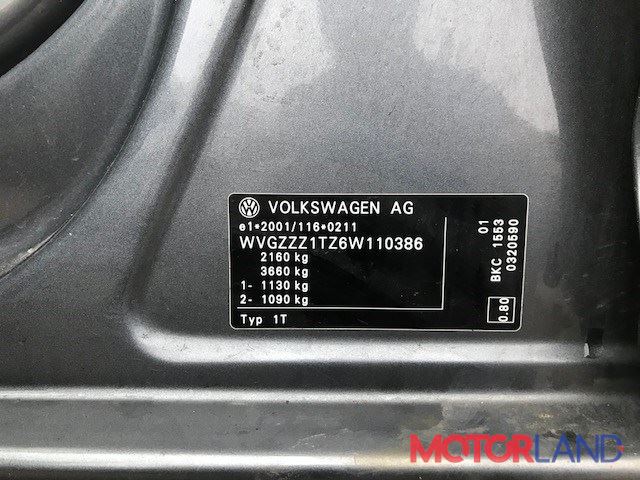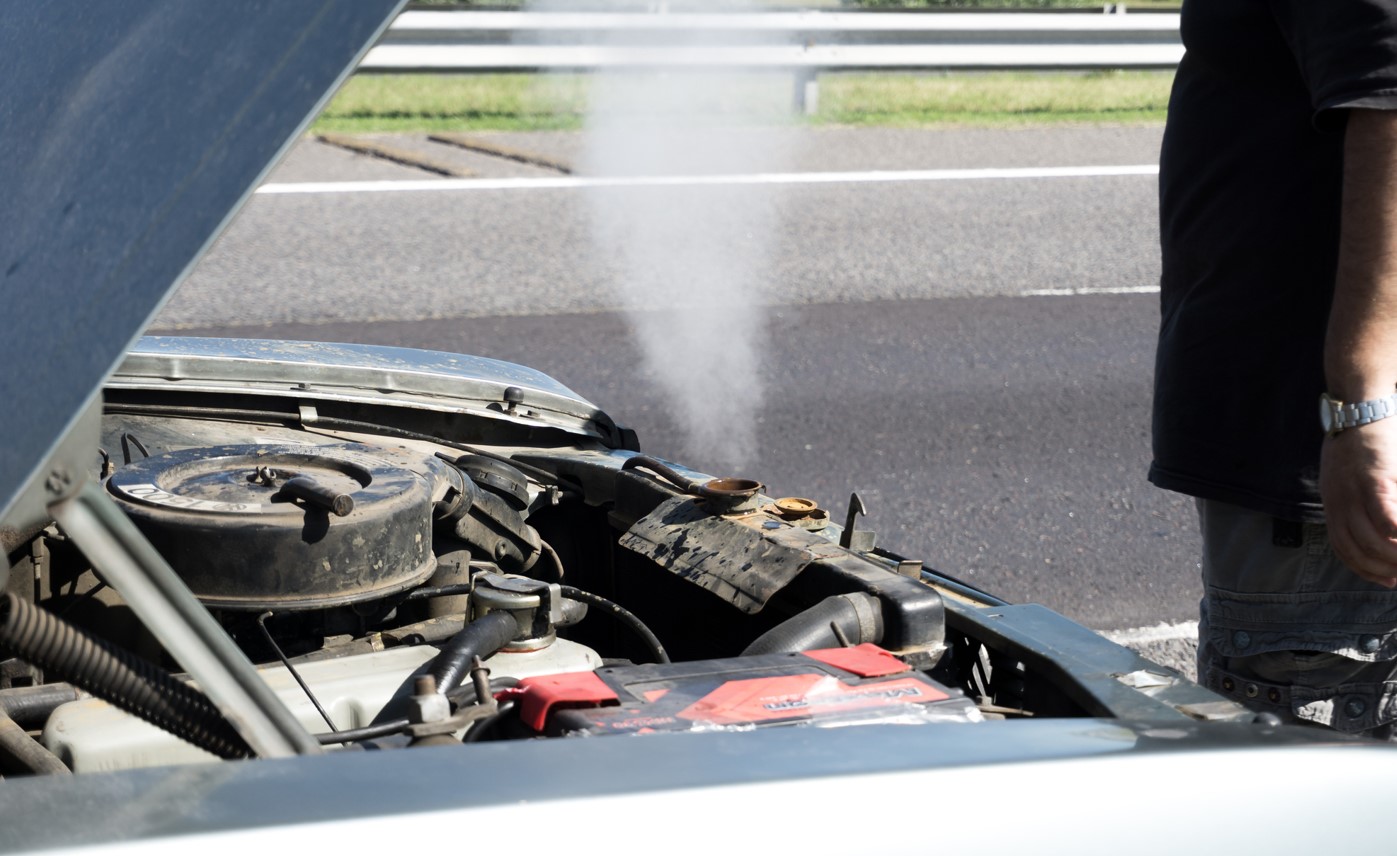So, you’re a tuner, a gearhead, a speed freak, and you’re thinking about adding a roll cage to your ride. Smart move! Safety is paramount, especially when pushing the limits. But let’s be honest, the idea of turning your beloved street machine into a full-blown race car, complete with a cage that screams “track day only,” probably isn’t your goal. You want protection without sacrificing streetability. The big question is: How do you install a roll cage that’s street legal? It’s a challenge, navigating regulations and ensuring proper installation, but fear not! This guide will break it down, offering insights to keep you safe and legal.
Key Takeaways:
- Legality First: Understand local regulations before you buy or install anything. What’s legal in one state (or even city) might not be in another.
- Proper Installation is Crucial: A roll cage is only as good as its installation. Don’t skimp on welding or fabrication. If you’re not confident, hire a professional.
- Compromises Exist: Street legal roll cages often involve compromises in design compared to full racing cages. Know the trade-offs and choose accordingly.
- Material Matters: The type of steel used (DOM, ERW, etc.) significantly impacts strength and legality. Do your research.
Understanding the Basics of How to Install a Roll Cage That’s Street Legal
Let’s start with the fundamentals. A roll cage is a network of interconnected bars designed to protect the occupants of a vehicle in the event of a rollover. Think of it like the skeleton of a building – it provides a strong, rigid structure to absorb impact. However, a street legal roll cage is a different beast than a full-blown racing cage. Racing cages often have features that are impractical or even illegal for street use, such as door bars that make entry and exit difficult, or designs that obstruct visibility.
Key terminology to understand:
- Main Hoop: The primary hoop that goes over the driver’s head.
- Halo Bar: A bar that runs above the windshield, connecting to the main hoop.
- A-Pillar Bars: Bars that run down the A-pillars (the supports on either side of the windshield).
- Door Bars: Bars that run along the doors, providing side impact protection. These are often the biggest hurdle to street legality.
- Gussets: Small plates welded in to reinforce joints.
- DOM (Drawn Over Mandrel) Steel: A high-strength, seamless steel tubing commonly used for roll cages.
- ERW (Electric Resistance Welded) Steel: A less expensive, seamed steel tubing. While sometimes acceptable, DOM is generally preferred for safety.
Imagine your car’s chassis as a wet noodle. A roll cage turns it into a rigid pretzel, much stronger and more resistant to bending.
Importance and Implications
Why bother with a street legal roll cage? For tuners, gearheads, and speed freaks, the answer is simple: enhanced safety without sacrificing the joy of driving your modified car on the street. A roll cage significantly increases the structural integrity of your vehicle, protecting you in a rollover accident. This is especially important for vehicles with increased horsepower, modified suspensions, and other performance enhancements that increase the risk of accidents.
The implications are significant. A properly installed roll cage can be the difference between walking away from a crash and suffering serious injuries. Furthermore, a street legal cage allows you to enjoy your car on the road without attracting unwanted attention from law enforcement. However, an illegal cage can result in fines, impoundment, and even legal liability in the event of an accident.
Practical Applications or Strategies
Here’s the nitty-gritty of making it happen:
- Research Local Laws: This is the most important step. Contact your local Department of Motor Vehicles (DMV) or equivalent agency and inquire about regulations regarding roll cages. Pay close attention to requirements for door bars, visibility, and interior padding.
- Choose the Right Cage: Select a roll cage kit that is designed for street use and complies with local regulations. Consider a



